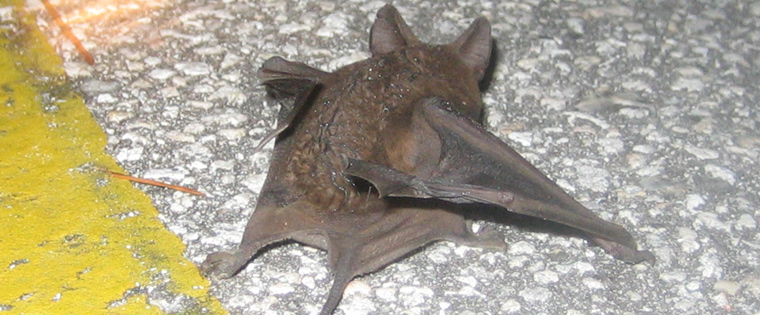-
info@aaanimalcontrol.com
Call us for help in your town
Humane Wildlife Education
Do Bat Houses Prevent Bats From Entering Your Home
Need wildlife removal in your town? Now serving over 500 US locations - updated for 2018
Not necessarily, but it's not at all a bad idea. While there's no guarantee that installing a bat house near your home will prevent bats from coming in, especially if we're talking about a maternity colony that keeps coming back every year, it's still a nice thing to do for the bats, and you'll really end up helping them if and when they do decide to take you up on your offer.

Read about How to Get Bats Out of Your Attic
Tree-mounted bat houses are not really recommended, as bats don't usually use them. There are a couple of reasons why bats won't settle in tree houses. One, they're more exposed to their most common natural predators, the owl and the hawk. Two, branches from above will create shade, and the house won't be warm enough. Three, the branches may be dangerous for bats as they exit the house, creating an obstructed environment. However, detached poles in open areas work better. If you live near wetland or water, the chances of bats occupying your bat house are significantly higher. If you can attach the bat house to the side of a building, again, you're increasing the chances of bats taking residency in there.
Find out more: How many bugs per night do bats eat?
The idea is to create a bat house that best imitates the classic natural bat nursery, something like the space between bark and a tree trunk. Here are some tips on making a good bat house:
- The rougher side of the wood should go towards the interior of the house;
- For toeholds, attach a non-metal screening;
- For footholds, groove the surface of the wood horizontally;
- Paint the box in a dark color, as this helps with keeping a good temperature inside the bat house;
- Caulking the outside in its entirety with the same sealants you would use for, say, an aquarium, can help the bats better maintain body heat while inside the bat house;
- Help increase and maintain the temperature inside the bat house by placing dark shingles or tar paper both on top of the house, and down the side (4-6 inches);
- Place the bat house so that it faces south or southeast so you can increase exposure to sunlight;
- Hang your bat house at 10 to 15 feet high above the ground;
- Make sure the bats have clear access to the house.
For more information, you may want to click on one of these guides that I wrote:
How much does bat removal cost? - get the lowdown on prices.
How to get rid of bats - my main bat removal info guide.
Example bat removal photographs - get do-it-yourself ideas.
Bat job blog - learn from great examples of bat jobs I've done.


















